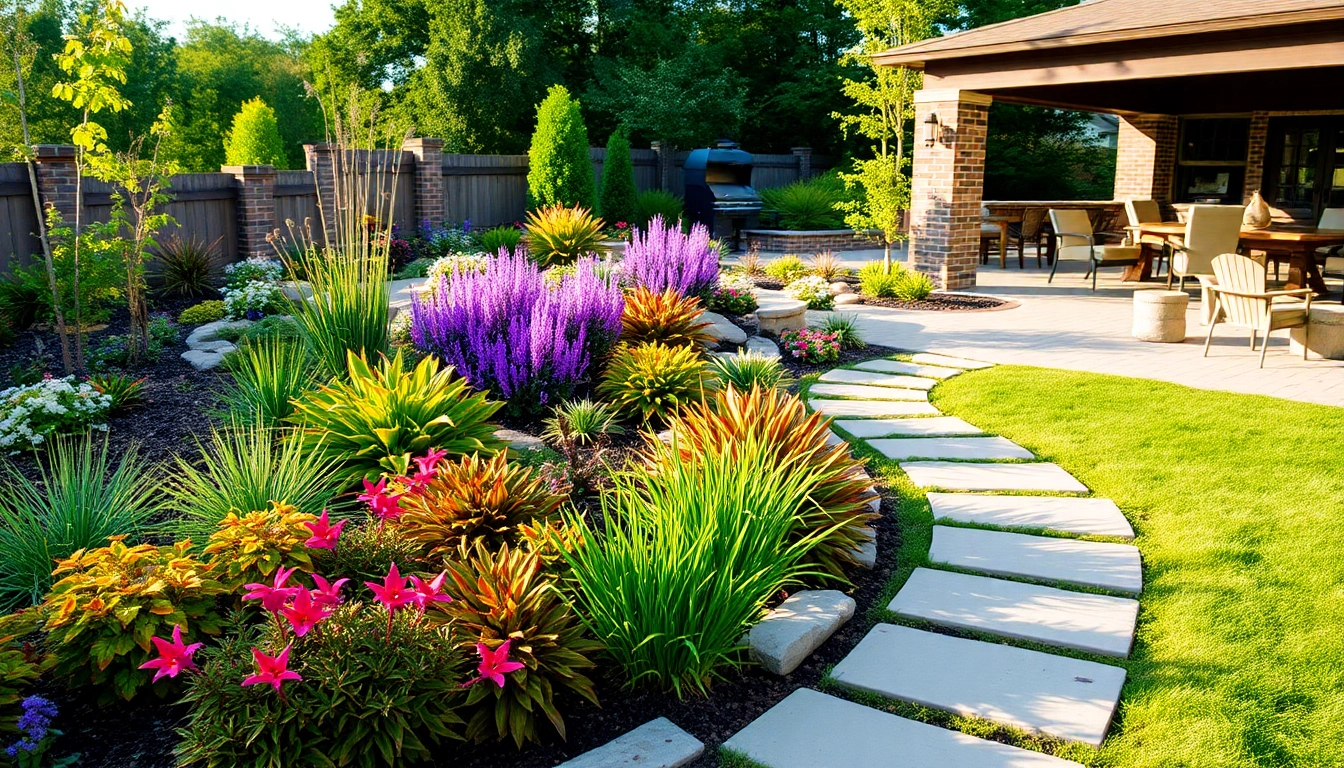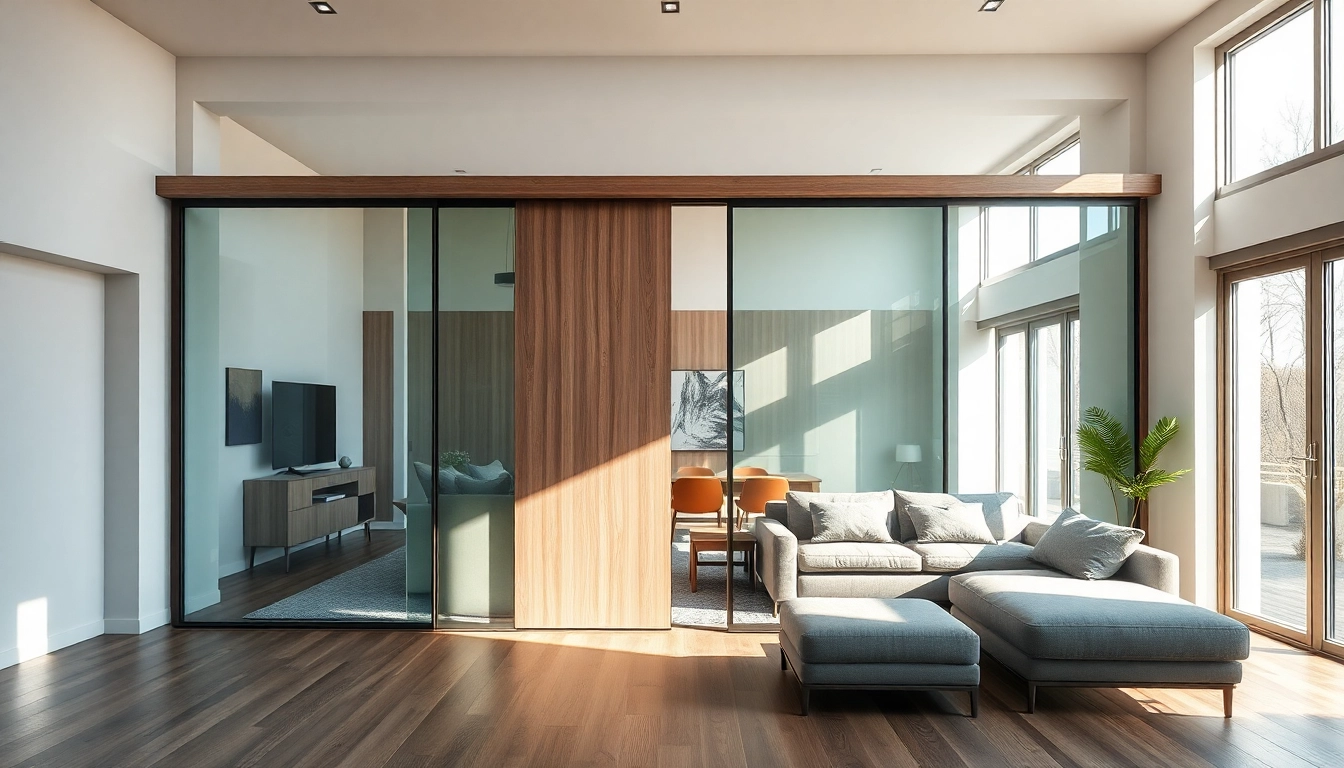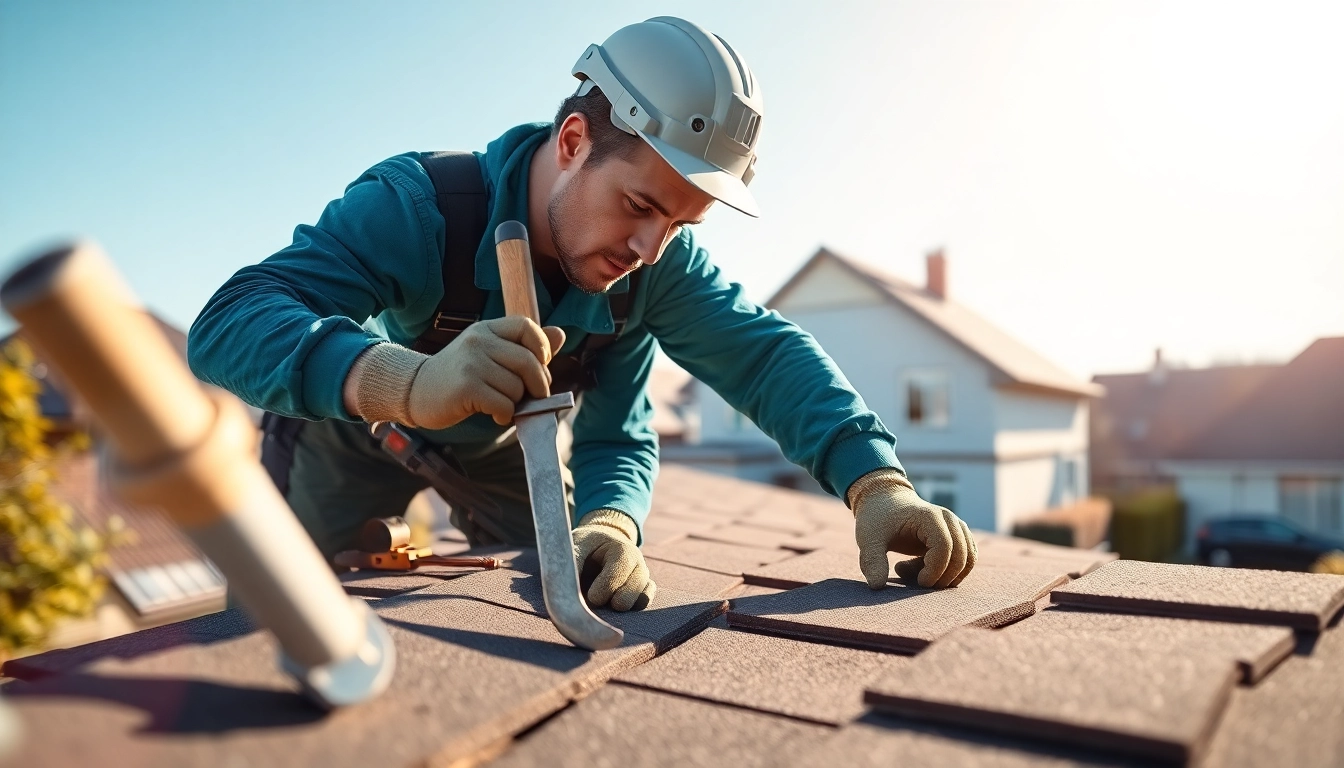Understanding Landscape Design Services
Landscape design services are integral to transforming outdoor spaces into beautiful, functional, and sustainable environments. These professional services help homeowners and businesses create inviting landscapes that enhance the aesthetic appeal of their properties while ensuring ecological balance. As urban living becomes more prevalent, the interest in landscaping grows, highlighting the benefits of hiring a landscape design service to fulfill various aesthetic and functional needs.
What is Landscape Design?
Landscape design is the art and science of designing outdoor environments. It combines elements of horticulture, architecture, and ecology to create spaces that are not only visually appealing but also functional. This process involves analyzing the site’s conditions, understanding the client’s needs, and creating a plan that balances both aesthetics and practicality.
Importance of Professional Landscape Design Services
Investing in professional landscape design services offers numerous advantages. First and foremost, these experts bring a wealth of knowledge and experience, which can be crucial in creating spaces that meet specific environmental needs. They can tailor designs to maximize usability and enhance the property’s value. Additionally, professionals stay updated on the latest design trends and sustainable practices, ensuring that clients receive the most relevant services available.
Types of Landscape Design Services Available
Landscape design services can vary significantly, depending on the specific needs of a project. Some common types include:
- Residential Landscape Design: Tailored for homes, this includes gardens, patios, tree planting, and more.
- Commercial Landscape Design: Focused on businesses, these designs promote a professional image while considering ease of maintenance.
- Sustainable Landscaping: Emphasizing eco-friendly practices, such as xeriscaping, making use of drought-tolerant plants, and minimizing water usage.
- Hardscaping: This involves the non-plant elements of a landscape, like paths, patios, and retaining walls, to create a cohesive outdoor space.
Key Elements of Effective Landscape Design
Assessment of Outdoor Space
A thorough assessment of the outdoor space is fundamental to success in landscape design. When evaluating a property, designers consider factors such as topography, soil composition, climate, and existing vegetation. They will also factor in local wildlife and maintenance requirements. This comprehensive assessment ensures that the final design harmonizes with the surrounding environment.
Choosing the Right Plants and Materials
Plant selection is crucial in landscape design. Each plant species has specific needs regarding sun, water, and soil type. It is essential for landscape designers to choose plants that are suited to the local climate and soil conditions. Additionally, an effective design will use durable materials that will require minimal maintenance while still achieving the desired aesthetic effect.
Incorporating Sustainability into Design
As ecological concerns become increasingly significant, incorporating sustainability into landscape design is paramount. Professional designers aim to create landscapes that are not only beautiful but also support local ecosystems. This includes:
- Utilizing native plants that require less water and maintenance.
- Implementing rain gardens to manage stormwater runoff.
- Creating habitats for local wildlife.
Benefits of Hiring Landscape Design Professionals
Enhancing Property Value
Professional landscape design can significantly increase the value of a property. Studies show that well-designed landscapes can increase property values by 15% or more. Potential buyers often prefer homes that have appealing outdoor spaces, which can make a property more attractive on the market.
Time and Cost Efficiency
While there is an upfront cost associated with hiring landscape design professionals, the time and money saved in the long term can offset this expense. Experts can streamline the design and implementation processes, avoiding common pitfalls that might lead to costly mistakes. Their experience enables them to work efficiently, ensuring timely project completion.
Expertise in Design and Plant Selection
Landscape designers possess specialized knowledge in creating balanced designs and knowledge about plant species. They are adept at highlighting the strengths of a property while minimizing its weaknesses. Professional designers can suggest innovative solutions and products, ensuring that the landscapes are both unique and functional.
Steps to Engage a Landscape Design Service
Initial Consultation and Needs Assessment
The first step in engaging a landscape design service is an initial consultation where the designer will assess the needs and goals of the client. Understanding the client’s vision, budget, and timeline is crucial in developing a successful plan. This communication ensures that the project aligns with the client’s expectations.
Design Proposal and Revisions
Once the initial consultation is complete, the landscape designer will create a detailed proposal, which typically includes a concept plan, estimated costs, and timelines. Clients have the opportunity to review and request revisions, ensuring that the final design truly reflects their vision.
Project Implementation and Follow-Up
After finalizing the design, the next step is implementation. The landscape design service will manage the entire installation process, coordinating various contractors and suppliers as necessary. After the project is completed, follow-up consultations may be scheduled to address any questions or adjustments, ensuring that clients are satisfied with their new landscape.
Measuring the Success of Your Landscape Design
Evaluating Aesthetic Appeal
The visual appeal of a landscape is one of the most apparent metrics of success. A well-executed landscape design should evoke positive emotional responses. Increased curb appeal is often a straightforward sign that the design has succeeded in blending with the natural environment and architectural features of the home.
Assessing Functional Improvements
Landscape design should enhance the functionality of outdoor spaces. This includes better usability, improving the flow of movement through the property, and creating distinct zones for various activities. Observing how people interact with the space can provide insight into the effectiveness of the design.
Gathering Client Feedback and Testimonials
Obtaining feedback from clients is an essential step in assessing the success of a landscape design. This can be done through formal surveys or informal conversations. Positive testimonials can serve as valuable marketing tools for landscape design services, helping to attract new clients while demonstrating the satisfaction of previous customers.



